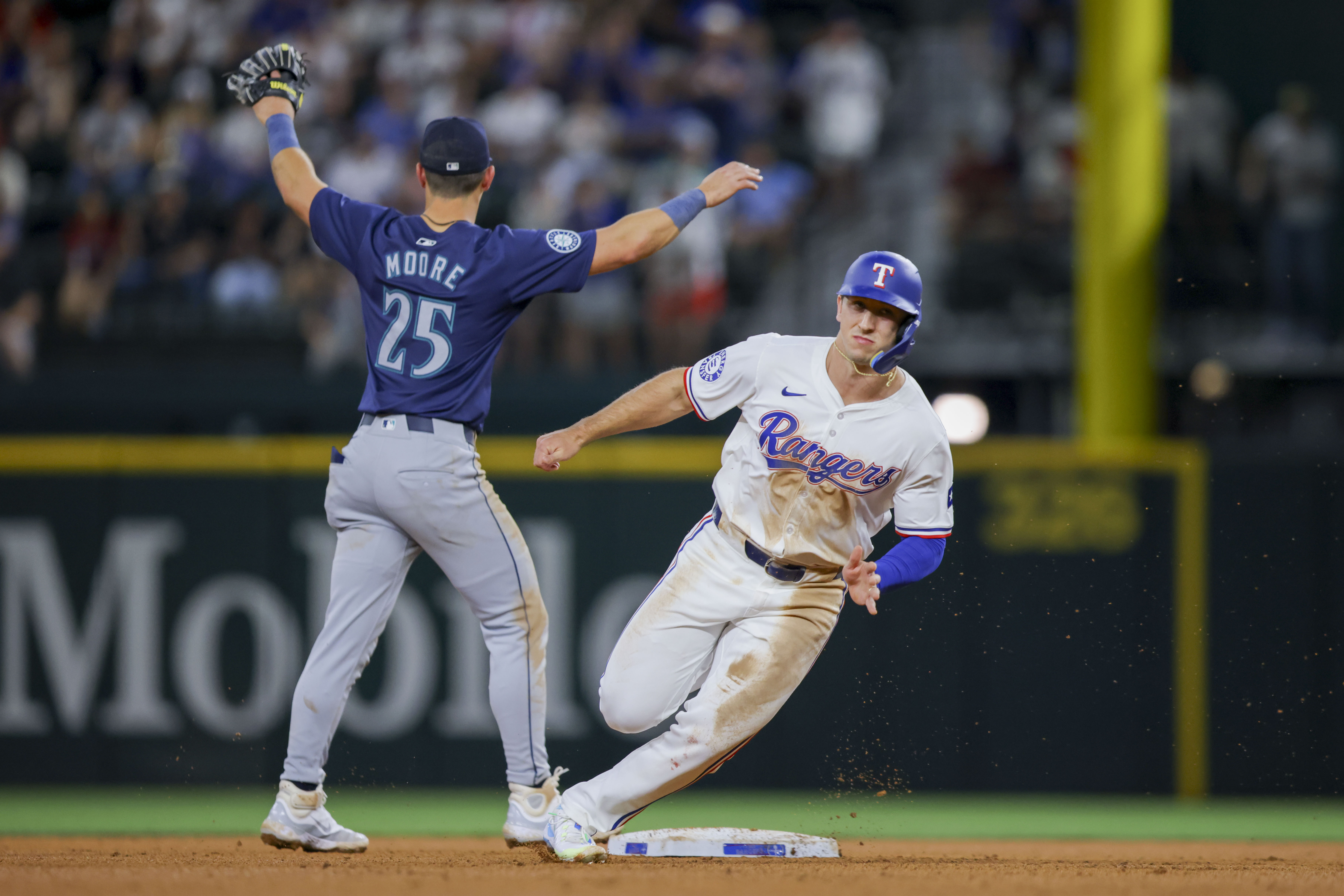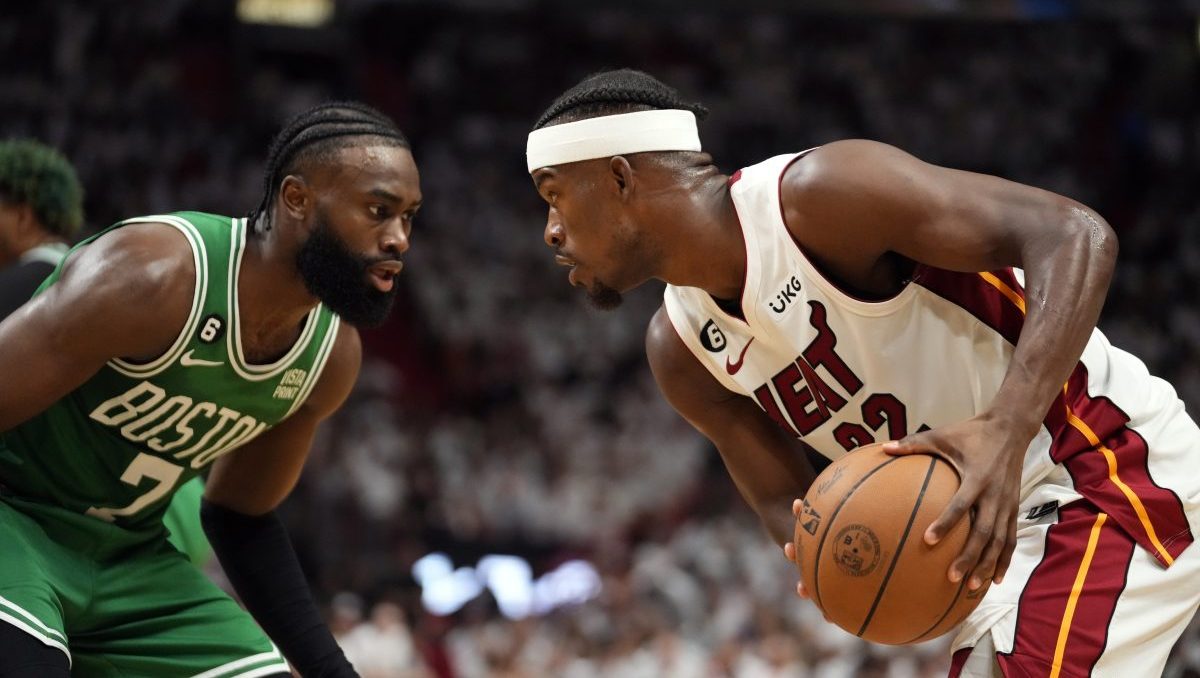The Cowboys utilized pre-snap motion on their first two plays against the New York Giants on Wednesday night. They didn’t do it again until the 21st play. That’s a rarity for head coach and offensive coordinator Jason Garrett, whose first 20 plays used to be littered with pre-snap motions. Back in 2009 and 2010, it wasn’t unusual for Garrett to use motion on 15, 16, or 17 of the Cowboys’ initial 20 plays.
There are a few different reasons why teams use motion, the most important of which is to create matchup problems for a defense. We saw this from the Giants, who motioned their new tight end Martellus Bennett on nearly all of their first half snaps, maneuvering him to help block DeMarcus Ware. In their minds, if Ware was single-blocked by anyone, it would be a matchup they’d lose. They were right.
Offenses also use motion to confuse defenses. When you see the New England Patriots shift all of their skill position players, motion Wes Welker, and then quick-snap the ball, they’re trying to create uncertainty in the minds of their opponents. Yet another reason to use motion is for the quarterback to determine the defensive coverage; when a cornerback follows a wide receiver across the field, the defense is typically in man coverage.
I’ve tracked every Cowboys motion since 2009. Each year since that time, the Cowboys’ motions have resulted in fewer yards-per-play than when they remain in static formations. Similarly, they’ve allowed a much greater sack rate, garnered fewer big plays, and yielded more negative plays when they motion.
Sports Connection
Connecting you to your favorite North Texas sports teams as well as sports news around the globe.
The situations in which the Cowboys tend to utilize motion—1st and 10, 2nd and medium, and so on—aren’t ones in which you’d expect their efficiency to decrease. Actually, the Cowboys have motioned in short-yardage situations just barely more often than in other down-and-distances. Thus, in the case of Dallas, pre-snap motions haven’t typically been of great use to the team.
Garrett has compensated for that fact, decreasing the use of motions substantially since 2009. In that season, the Cowboys motioned on 42.5 percent of their offensive plays. By last season, the rate was already cut by nearly 25 percent.
Fast-forward to 2012, and the Cowboys sure seem like they’ve moved on from excessive motions, especially early in the game. The ‘Boys motioned only eight times out of 56 plays (14.3 percent) on Wednesday, including none in the final 25 snaps. They gained 57 total yards, including the 10-yard touchdown pass to Kevin Ogletree and the sack for -7 yards on the second play of the contest.
So why aren’t the Cowboys a team that should motion? Well, I think Tony Romo is a whole lot better at reading defenses than most believe. When the Cowboys utilize a static formation, he can dissect the defense. He doesn’t need motion to understand their coverage, and the value of knowing where every defender will be outweighs that of moving players around before the snap.
Jonathan Bales is the founder of The DC Times. He writes for DallasCowboys.com and the New York Times. He's also the author of Fantasy Football for Smart People: How to Dominate Your Draft.
Copyright FREEL - NBC Local Media



